Feliks Dzierzynski (1877ᅳ1926), a.k.a. “Iron Felix,” was one of the architects of the Red Terror. Vyacheslav Molotov (1890ᅳ1986) coldly oversaw agricultural collectivization that resulted in 11 million people being worked to death. Vyacheslav Menzhinsky (1874ᅳ1934) led the Cheka and OGPU, forerunners of the dreaded NKVD. Genrikh Yagoda (1891ᅳ1938) supervised the show trials and executions of several Old Bolsheviks and made frequent use of Gulag labor. Nikolai Yezhov (1895ᅳ1940) was responsible for mass arrests, torture and executions during the Great Purge of the late 1930s. And NKVD chief Lavrentiy Beria (1899ᅳ1953) ordered the deportation of several hundred thousand Chechens and Ingush to Central Asia and abused his power by engaging in sexual predation.
Dzierzynski, Molotov, Menzhinsky, Yagoda, Yezhov and Beria exemplified the horror and malice of Joseph Stalin’s USSR. But there is one man whose brutality on behalf of the hammer and sickle tops them all. I refer to Vasily Mikhailovich Blokhin (1895ᅳ1955).
Born into a peasant family in the town of Gavrilovskoye (about 260 kilometers east of Moscow), he served in the Imperial Russian Army during World War I. But as soon as Vladimir Lenin and his fellow revolutionaries toppled the Tsar in 1917, Blokhin discerned which way the wind was blowing and joined them. By March 1921, as a member of the Cheka, he was tasked with persecuting all variety of dissidents. He carried out his first execution in August 1924 in Lubyanka Prison in Moscow. Unafraid to handle chernaya rabota (“black jobs”), Blokhin won Stalin’s favor and went on to perform even more sinister work. An active participant in the Great Purge, he was duly informed about Order 485 issued by Stalin and signed by the above-cited Yezhov. It targeted people of Polish descent; the Russkies were still upset about having lost a border conflict with Poland in 1920.
World War II had begun with the Nazis and Soviets temporarily allies. The Germans attacked Poland from the west, and the Russians did so from the east, imprisoning more than 100,000 people. In the spring of 1940, some 22,000 of them were identified as the Polish elite—military leaders, scientists, educators and intellectuals. What is known as the Katyń Massacre took place not just in Katyń Forest near the city of Smolensk, but in Kozielsk, Starobielsk and Ostashkow.
Our focus here is Katyń, to which Blokhin had been sent. He and his 30-member team came prepared for their grisly task. Blokhin brought a suitcase full of German-made Walther pistols and many boxes of German-made ammunition to the site. Why those guns and those bullets? He thought they would serve better for heavy-duty use; the Walther had less recoil than the Soviet-made Tokarev gun; and most of all, if the killings were ever discovered, the Nazis could be plausibly blamed. (They were discovered, in 1943, and the Nazis were blamed.)
The prisoners were deceived about what was being done to them until almost the last moment. Each man was brought into a specially designed 5-by-5-meter anteroom. It was painted red and adorned with propaganda posters and a plaster statue of Lenin. The man’s name and birth date were confirmed, and he was held by two NKVD guards. Blokhin, dressed in executioner’s attire (a long leather apron, elbow-length gloves and a brown cap), stuck the barrel of the gun at the base of the man’s skull and pulled the trigger. The bullet came out of the man’s mouth or between his eyes—a quick and relatively bloodless killing. The corpse was taken out another door and loaded onto a truck. When full, it would be driven to one of a series of common graves.
Blokhin’s team worked at night, operating in 10-hour shifts. Each murder took three minutes. This went on for 28 days, resulting in about 7,000 deaths. When it was all over, Blokhin and his men celebrated with several bottles of vodka. He was given a raise and secretly decorated with the Order of the Red Flag. Blokhin kept the Walther pistols for his collection.
By 1953, Stalin had died and Nikita Khrushchev had taken over in the Kremlin. Only then did this prolific killer get a measure of justice. The NKVD was dismantled (and turned into the somewhat less fearsome KGB), and Blokhin was stripped of his rank, medals and pension. He sank into alcoholism and madness, dying on February 3, 1955 of either a heart attack or suicide.
Well, guess what? After Khrushchev was shown the door in 1964, Blokhin was “rehabilitated.” His rank and medals were restored posthumously. Mikhail Gorbachev’s admission of Soviet guilt for the Katyń Massacre in 1990 in the name of glasnost notwithstanding, Blokhin is honored with a spot in prestigious Novodevichy Cemetery.
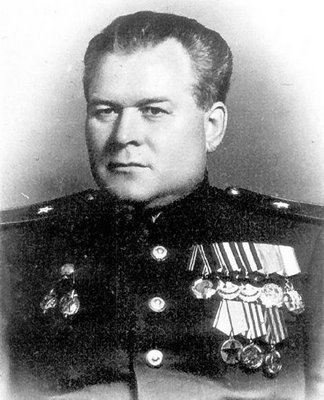
The sadistic and psychopathic Vasily Blokhin.
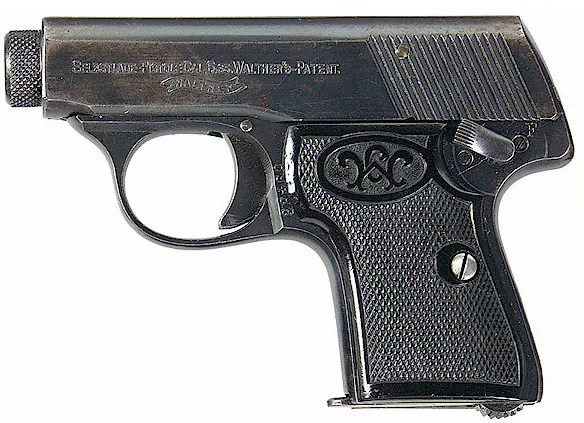
A Walther pistol similar to that used by Blokhin in spring 1940.
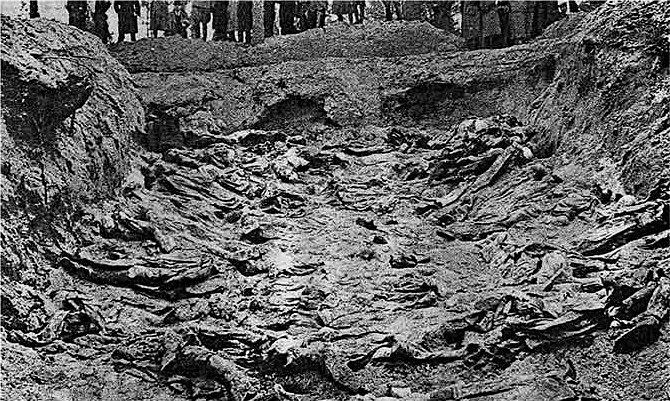
One of the mass graves at Katyń Forest.
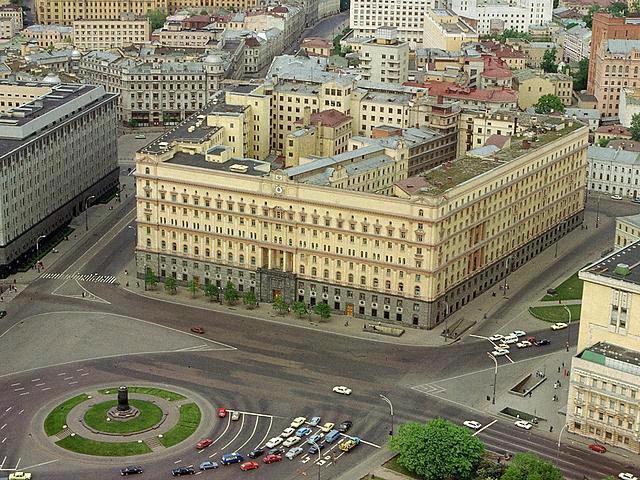
Lubyanka Prison in Moscow, a place notorious for state-sanctioned violence.
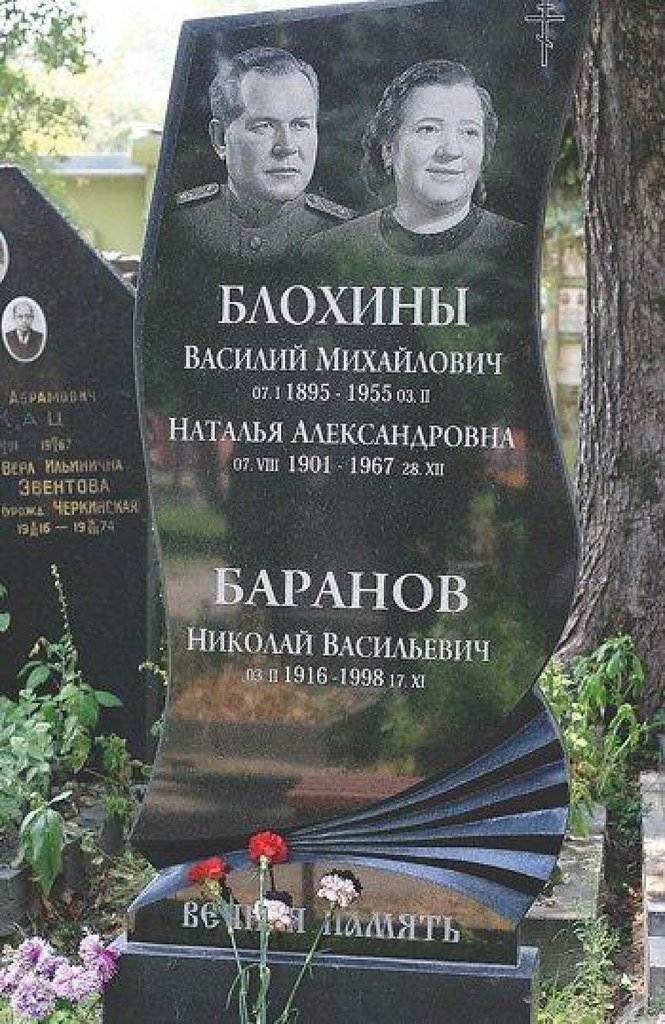
Tomb marker for Blokhin, wife and son in Novodevichy Cemetery.
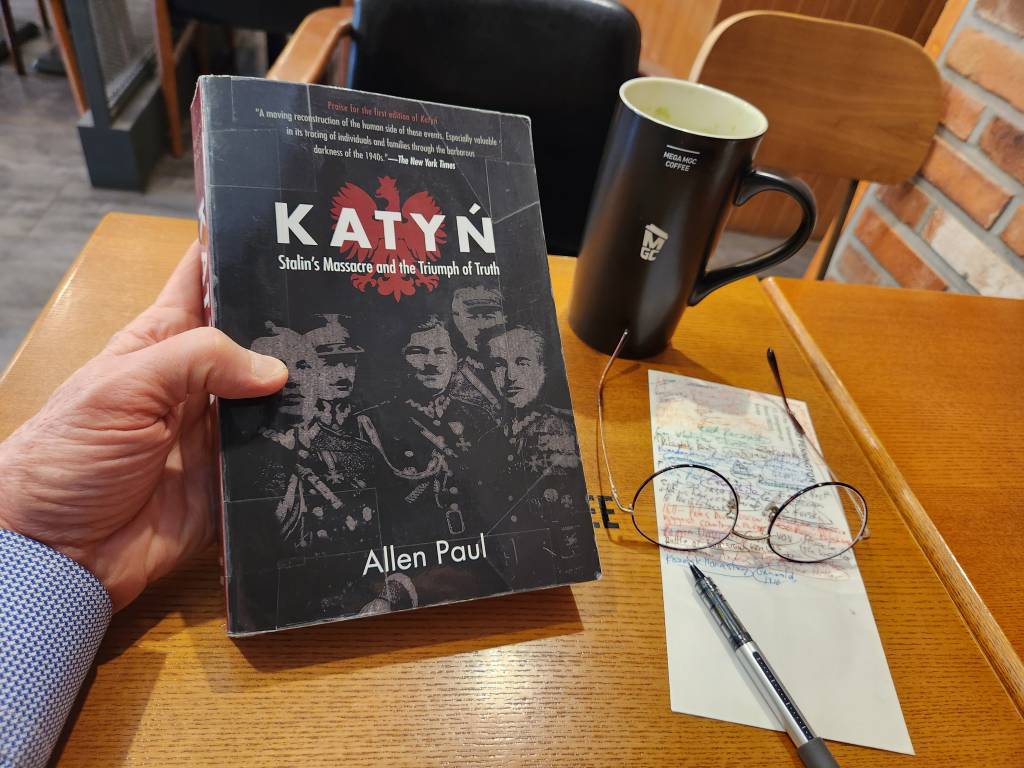
A book I recently finished.
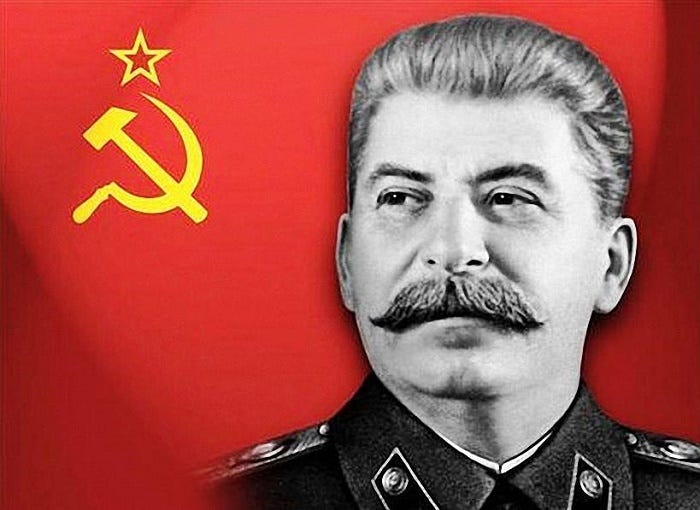
Blokhin’s boss.

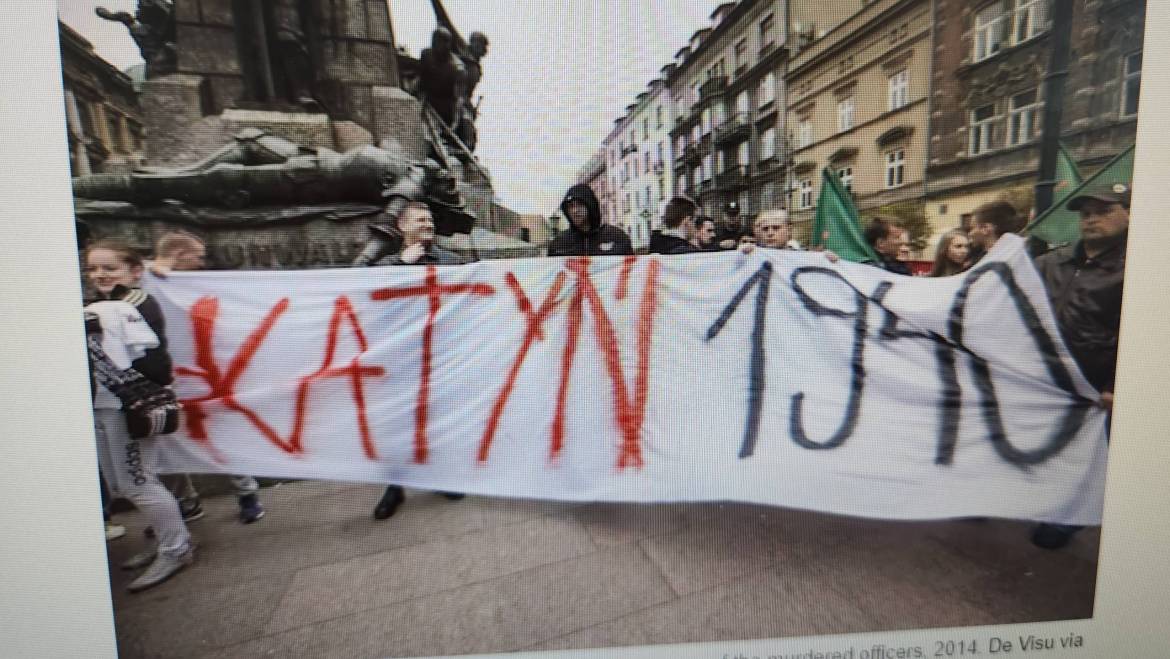
2 Comments
I feel sorry for the innocent people who died and are still dying today, the Russians are recognized for the sadistic things they did to them during the war and others that followed, even if they never admit it, they probably consider it normal to it happens like this.
Elly, thank you for reading this and making a comment. You, as a Romanian, know better than most what it’s like having the Russians as neighbors.
Add Comment